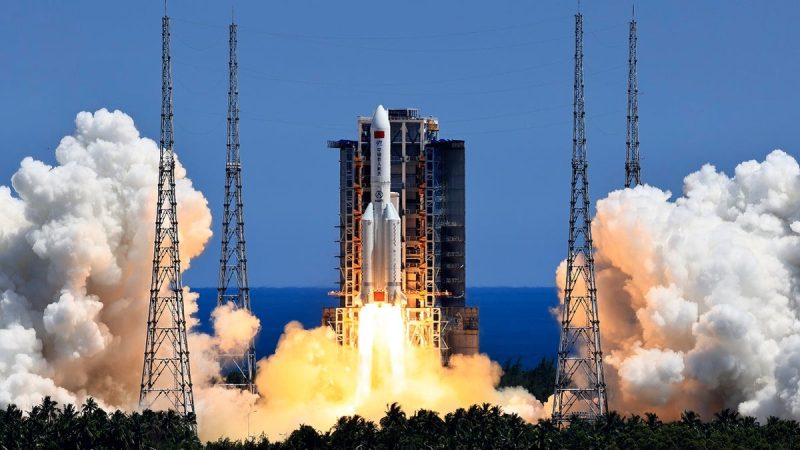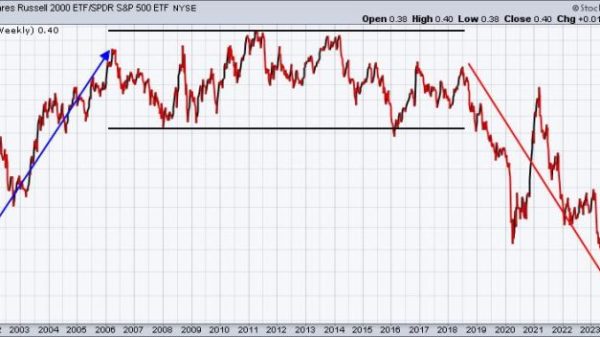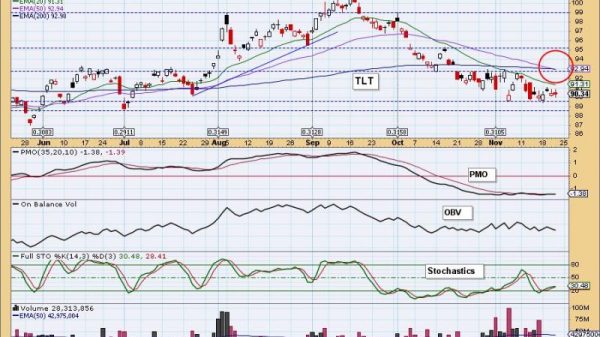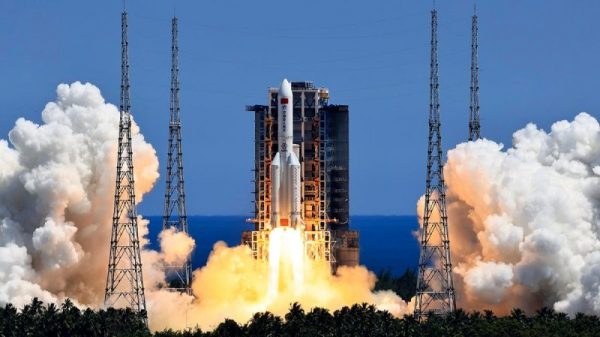**Title: Unveiling China’s Secret Weapon in the Space Race**
In the recent years, China has been making substantial strides in the space race and positioning itself as a formidable player in the realm of space exploration. One of the lesser-known aspects of China’s advancements in space technology is its secret weapon – the Long March rockets. These rockets, developed by the China National Space Administration (CNSA), are already reshaping the dynamics of the space race and raising concerns among Western counterparts, particularly the United States.
### The Rise of the Long March Rockets
The Long March rockets, also known as Chang Zheng in Chinese, have evolved from their humble beginnings in the 1970s to become a symbol of China’s growing technological prowess. With a history spanning over four decades, these rockets have undergone continuous upgrades and modifications, culminating in the development of cutting-edge models like the Long March 5 and Long March 7.
### Superior Performance and Reliability
One of the key attributes that sets the Long March rockets apart is their exceptional performance and reliability. These rockets have been instrumental in launching a wide range of payloads, including satellites, crewed spacecraft, and space station modules. The Long March series boasts an impressive track record of successful missions, showcasing China’s capability to deliver payloads into space with precision and efficiency.
### Strategic Implications for the US
The growing success of China’s Long March rockets poses a significant challenge to the dominance of traditional space powers, especially the United States. With China rapidly expanding its space capabilities, the US faces the risk of losing its edge in the space race. The cost-effectiveness and reliability of the Long March rockets have also attracted international customers, further solidifying China’s position as a key player in the global space industry.
### Potential Economic Impact
China’s advancements in space technology, propelled by the Long March rockets, have the potential to disrupt the existing economic landscape of the space industry. By offering competitive launch services, China could capture a significant share of the commercial satellite launch market, currently dominated by US-based companies. This shift in the market dynamics could have far-reaching implications for the US space sector and its competitive standing in the global arena.
### Conclusion
In conclusion, China’s secret weapon in the space race – the Long March rockets – represents a strategic advantage that is reshaping the dynamics of space exploration. With its superior performance, reliability, and cost-effectiveness, these rockets have positioned China as a rising power in space technology. As China continues to push the boundaries of space exploration, the global space community must closely monitor the implications of this growth and adapt to the evolving landscape of the space race.






























